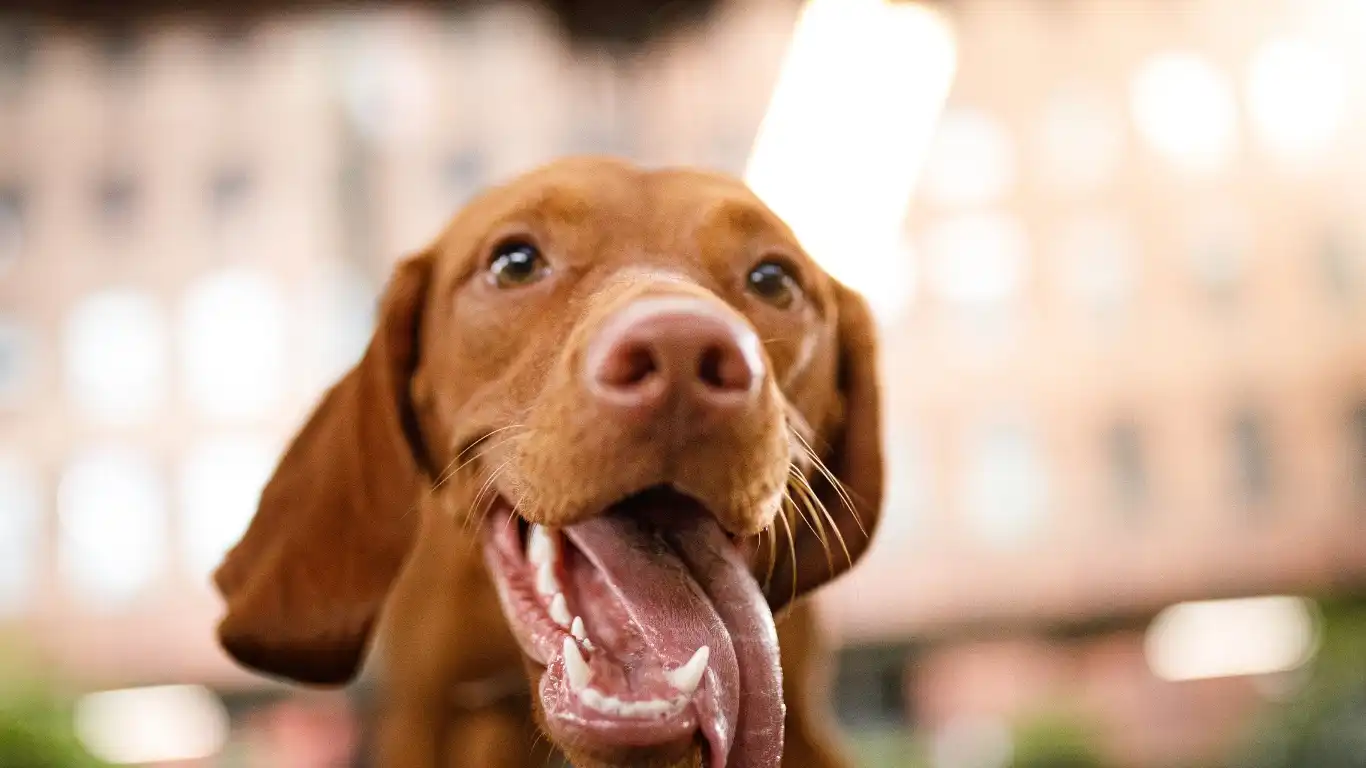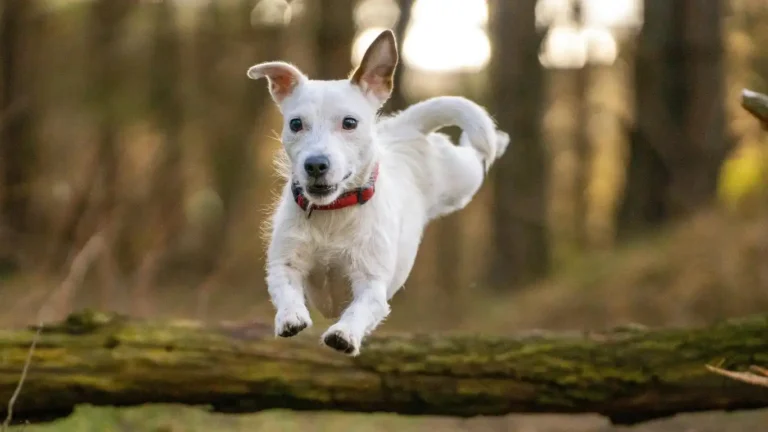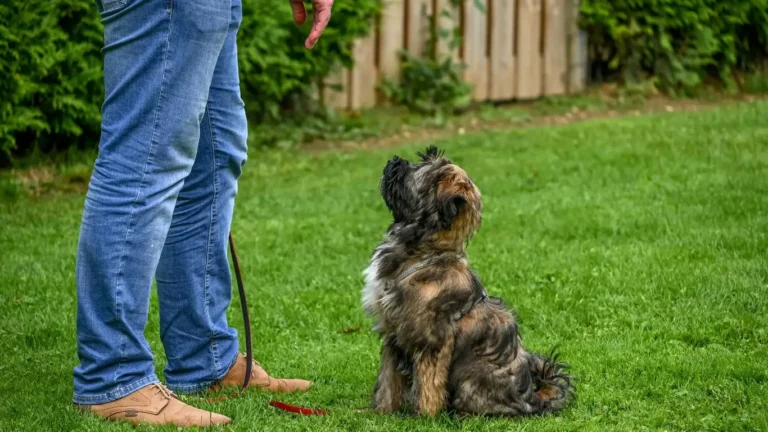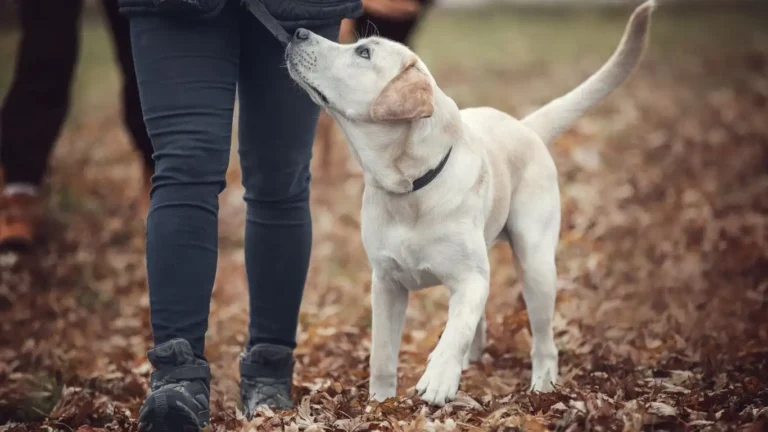How to Choose the Best Dog Harness for Walking: Expert Tips & Advice
As a veterinary technician who specializes in pet nutrition, I can tell you that choosing the right dog harness is more than just a simple task. It’s about making sure your dog stays safe, comfortable, and enjoys their walks without any hassle. You might be wondering, “How do I choose the best dog harness for walking?” Trust me, I’ve been there. With so many options out there, it can be overwhelming to figure out what’s best for your pup. But don’t worry, I’ve got you covered. In this guide, we’ll explore everything you need to know to pick the perfect dog harness that suits both your needs and your dog’s comfort level. From the types of harnesses to fit and features, I’ll walk you through all the important details so you can make a well-informed choice for your furry friend.
Why Choosing the Right Dog Harness Matters

Before diving into the specifics of how to choose the best dog harness for walking, it’s essential to understand why this choice matters in the first place. A harness isn’t just a tool to attach a leash to your dog—it plays a huge role in your dog’s comfort, behavior, and even health during walks.
For starters, a well-fitted harness can prevent injuries. Some dogs, especially those with respiratory issues or neck sensitivity, may be at risk of injury if pulled on a traditional collar. A harness spreads the pressure across their chest and back, reducing strain on their neck and throat. This is particularly important for small breeds or dogs that tend to pull during walks.
Secondly, the right harness can give you better control over your dog’s movements. Whether you’re walking your dog through a crowded park or trying to keep them away from traffic, having proper control can make a huge difference in their safety and yours. A harness with the right design can also help discourage undesirable behaviors, like pulling or lunging, by providing gentle corrections.
What Are the Different Types of Dog Harnesses?
Now that we understand the importance of choosing the right dog harness, let’s take a closer look at the different types available. This is where things can get a bit tricky, as every dog is different in terms of size, personality, and walking habits. Let’s break down the most common types of dog harnesses:
- Back Clip Harness: This type has the leash attachment on the dog’s back. It’s a great option for dogs that are generally well-behaved on walks and don’t pull much. It offers a relaxed, comfortable walk for both you and your dog.
- Front Clip Harness: With the leash attachment at the front of the chest, these harnesses are fantastic for dogs that tend to pull. The front clip discourages pulling by gently steering your dog back towards you when they try to move ahead.
- Dual Clip Harness: As the name suggests, this type has both front and back attachment points. It’s versatile and ideal for dogs that have specific training needs or for those who switch between casual walks and more serious leash training.
- Step-in Harness: These are easy to use and great for dogs who aren’t fans of having things pulled over their heads. Your dog simply steps into the harness, and then you fasten it around their chest.
- Vest Harness: Similar to the step-in, but these harnesses cover more of the dog’s body. They’re great for dogs that need more support or have health conditions that require extra comfort.
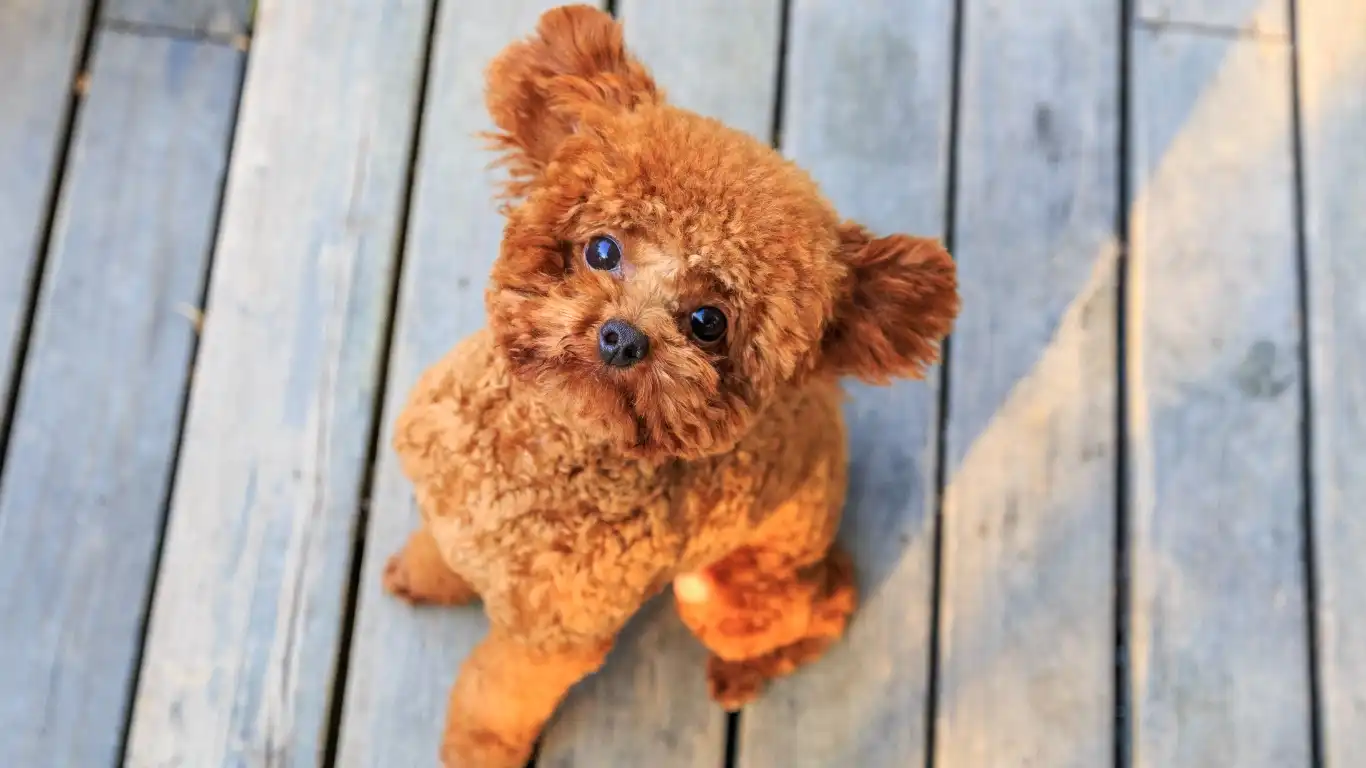
What Features Should I Look for When Choosing a Dog Harness?
Alright, now that we know the different types of harnesses available, it’s time to think about the features that can make a big difference. Every dog has unique needs, so a good harness should take those into account.
- Adjustable Straps: One size does not fit all when it comes to dogs. Make sure the harness you choose has adjustable straps to ensure a snug fit that doesn’t restrict movement.
- Breathable Material: If you’re planning on taking your dog on long walks or hikes, a breathable harness will help keep your dog cool and comfortable. Look for mesh or fabric that allows for airflow.
- Reflective Strips: Safety first! Reflective strips are an excellent feature for evening walks or if you’re in low-light conditions. It’s always better to be safe and visible.
- Padding: Padding along the chest and belly areas is a big plus, especially for dogs that have sensitive skin or are prone to chafing.
- Easy to Put On and Take Off: If you’re someone who’s always on the go, you’ll appreciate a harness that’s quick and easy to put on your dog. This is especially helpful if your dog isn’t the most cooperative when it comes to dressing up!
One thing I always recommend to dog owners is to test the harness before committing. Some dogs may take a little time to adjust to wearing a harness, so it’s essential to observe how they move and if they seem comfortable. A harness should never rub against their skin or restrict their movement. If your dog seems uncomfortable, it’s time to try a different style or size.
How Do I Know If a Dog Harness Fits Properly?
It’s not just about picking the right style and features; the fit of the harness is crucial for your dog’s comfort and safety. A poorly fitted harness can cause rubbing, chafing, or even worse, injury. So, how do you know if a dog harness fits properly?
- Measure Your Dog: The first step in ensuring a good fit is to take some basic measurements of your dog. Measure around the chest (just behind the front legs) and neck. Many harness brands provide size charts based on these measurements.
- Two-Finger Rule: Once the harness is on, you should be able to slide two fingers comfortably between the harness and your dog’s body. If you can’t fit two fingers, the harness is too tight. If you can fit more, it may be too loose.
- Check for Chafing: After a short walk, check your dog’s skin for any signs of chafing or irritation. If you notice red spots or discomfort, the harness may need adjustment or you may need a different style altogether.
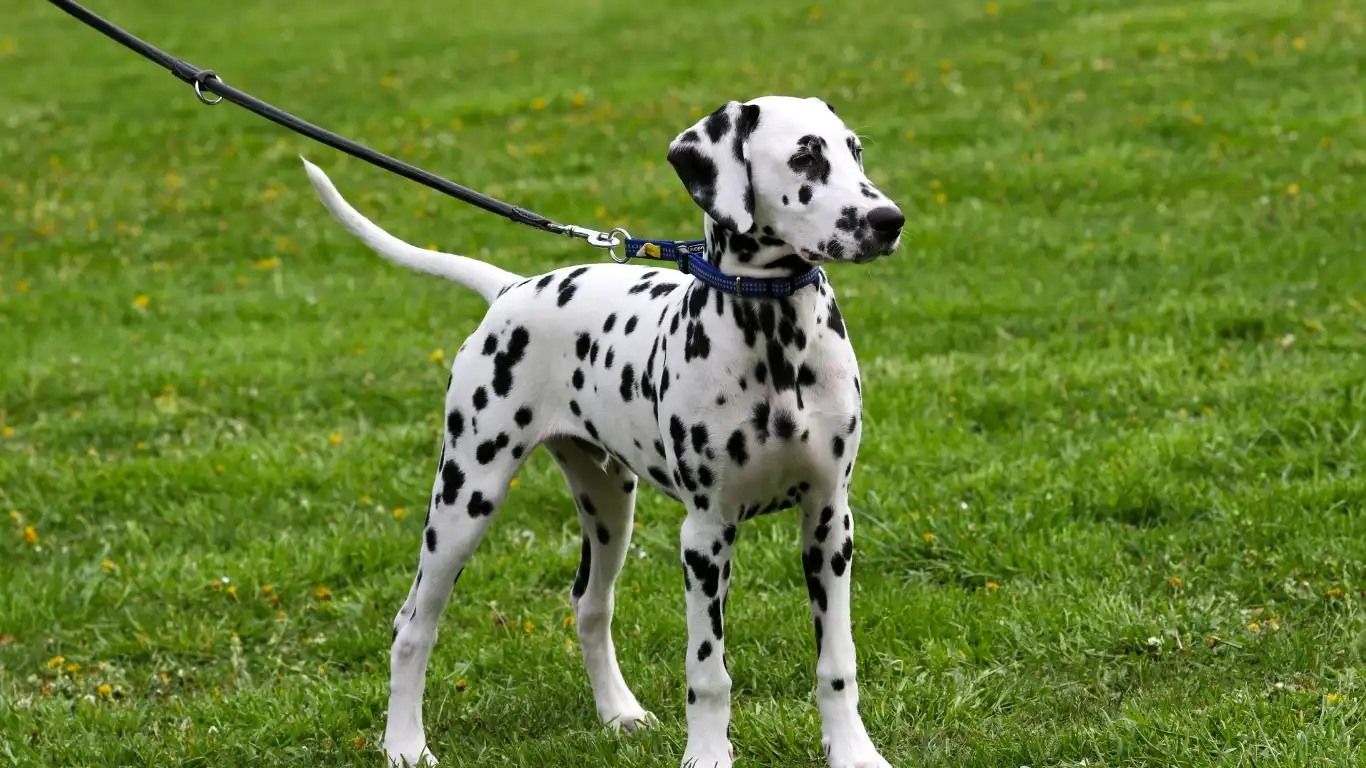
When Should I Use a Harness Instead of a Collar?
There are some situations where a harness is the better option over a collar. For example, if your dog is prone to pulling on walks or if they have respiratory issues, a harness will offer more control and prevent injury to their neck and throat.
On the other hand, if your dog is a small breed or an older dog with a more relaxed walking style, a collar may be sufficient for leash attachment. However, it’s still a good idea to have a harness on hand for specific walks or outdoor adventures.
How to Choose the Best Dog Harness for Walking: Materials and Durability

As we continue our journey to find the best dog harness for walking, let’s talk about something that often gets overlooked—materials. Trust me, the type of material your dog’s harness is made from can make all the difference in how it holds up over time and how comfortable it is for your dog.
When I first started working with different types of harnesses, I was amazed at how some materials could completely change the experience for both the dog and the owner. Some dogs, like my own, are notorious for getting into everything—mud, rain, you name it. So, I quickly learned that durability matters.
Here are a few common materials you’ll encounter when choosing a harness:
- Nylon: This is probably the most common material for dog harnesses. It’s durable, comes in a range of colors, and is relatively lightweight. However, it can sometimes feel stiff and might not be the best option for dogs with sensitive skin. If you go with nylon, look for padded straps or soft linings to keep your dog comfy.
- Polyester: A step up from nylon, polyester is often softer and more flexible. It’s resistant to UV light, so if you’re out on sunny walks often, polyester is a great choice. Plus, it doesn’t get heavy when wet, making it a good option for rainy or muddy days.
- Leather: Leather harnesses are typically stylish and can last a long time, especially with proper care. They’re sturdy and comfortable, but they do require some maintenance. Leather can become stiff over time and needs to be conditioned to keep it from cracking. If you’re looking for something more natural and durable, this might be the way to go, though it’s more often seen in fashion harnesses.
- Mesh: If you’re in a warmer climate, mesh harnesses are a fantastic option. They allow plenty of air circulation and are often used in breathable, soft harness designs. Mesh is also gentle on the skin, which makes it a good choice for dogs prone to chafing or overheating.
- Neoprene: Neoprene is soft, flexible, and water-resistant, making it great for active dogs who love to swim or play in wet conditions. It’s also a good option for sensitive dogs as it provides extra cushioning around the chest and belly areas.
In my experience, it’s also crucial to consider whether the material can hold up to your dog’s activities. A harness made from a cheap material might wear down quickly, especially if your dog is a frequent puller or enjoys rough outdoor play. Durability is key, and higher-quality materials generally last longer.
Choosing the Right Size and Fit for Your Dog

If you’ve ever tried to put a harness on your dog only to find it doesn’t quite fit right, you’re not alone! Finding the perfect fit is crucial for your dog’s comfort and safety during walks. The wrong size harness can lead to irritation, discomfort, or even injury.
When I was first learning how to fit harnesses for dogs, I quickly discovered that some dogs, especially puppies or those with unusual body types, can be tricky to measure. But no worries, with a little attention, it’s easy to figure out what size works best.
Here’s how to properly measure your dog for a harness:
- Chest Measurement: Wrap a soft measuring tape around the widest part of your dog’s chest, just behind the front legs. This is the most critical measurement, as it determines how well the harness will fit around their torso.
- Neck Measurement: Measure around your dog’s neck where their collar would usually sit. This helps ensure the harness won’t be too tight or loose around the neck.
- Body Length: Some harnesses (like vest-style ones) may also require a body length measurement. To measure this, start from the base of your dog’s neck and measure down to the top of their tail. This will help you find a harness that’s neither too long nor too short.
When measuring, keep in mind that a harness should be snug but not tight. You should be able to fit a couple of fingers under the straps for comfort, but it shouldn’t slide around or be loose enough that your dog could slip out. Once you have these measurements, always refer to the specific harness brand’s size chart to ensure you’re getting the right fit.
In addition to size, consider how the harness will allow for your dog’s movement. A properly fitted harness should let your dog walk naturally without restriction. If you notice your dog is struggling to move or seems uncomfortable, it might be time to adjust the fit or try a different style.
Common Mistakes to Avoid When Choosing a Dog Harness
As someone who’s worked with a lot of pet owners, I’ve seen a few common mistakes when it comes to choosing a harness. It’s understandable since there are so many factors to consider, but learning from others’ experiences can help save time and frustration.
- Not Trying It On: This is a big one. I can’t tell you how many times I’ve seen a harness purchased online without trying it on first. Even if the size seems correct, the way a harness fits on your dog’s body can be drastically different in person. Always try the harness on your dog before committing to it, especially if you’re ordering online. If you can’t do that, check the return policy in case it doesn’t work out.
- Choosing Style Over Function: I get it—those colorful, designer harnesses can be adorable, but don’t get too caught up in the aesthetics. The most important thing is the fit and function. A harness that looks cute but doesn’t provide proper support or comfort isn’t worth it in the long run.
- Ignoring Behavior Issues: If your dog is a puller or has leash-related behavior problems, a regular back-clip harness might not be the best option. You may need something like a front-clip harness to help manage pulling. Be sure to consider your dog’s behavior when selecting a harness type.
- Overlooking Weather Conditions: Think about your local climate and how it will affect your dog’s walk. A thick, padded harness might be great for winter, but it could make your dog too hot in the summer. Similarly, a lightweight harness might not provide enough warmth in colder months.
All these mistakes can be avoided with a little forethought and careful consideration. It’s worth taking the time to find a harness that’s not just cute but also practical and comfortable for your dog’s specific needs.
Does Your Dog Need Extra Features?
Now, let’s talk about those special features that can make a good harness even better. Depending on your dog’s lifestyle, you might want to consider a few additional features to enhance your walks.
- Handle on the Back: Some harnesses come with a handle on the back, which can be super useful for lifting your dog or helping them over obstacles during walks. This is especially helpful for dogs that are older or have mobility issues.
- Additional Pockets or Storage: If you’re someone who likes to carry treats, poop bags, or a phone while walking your dog, some harnesses come with small pockets or compartments to store essentials.
- Cooling Features: If your dog tends to overheat easily, you can find harnesses with cooling technology built in. These harnesses use materials that help regulate your dog’s body temperature during hot weather, ensuring they stay comfortable while out for a walk.
Depending on your and your dog’s unique needs, these extra features can be really handy. They might seem like little luxuries, but they can make a huge difference in both your and your dog’s walking experience.
Training Your Dog with the Right Harness

Choosing the best dog harness for walking isn’t just about the fit or material—it’s also about how your dog responds to it. I’ve seen firsthand how a good harness can make training so much easier. With the right harness, you can teach your dog to walk calmly by your side, stop pulling, or even improve their behavior during walks. The way a harness is designed can play a big role in your dog’s training progress.
One thing I always tell dog owners is that walking isn’t just about exercise—it’s a training opportunity. Whether you’re trying to curb pulling, encourage good leash manners, or just enjoy a peaceful stroll, your dog’s harness can help you achieve those goals.
Harnesses and Leash Training
If your dog tends to pull on the leash, a harness can help redirect their behavior. A front-clip harness, for example, will give you more control over your dog’s movement. It’s not about punishing them for pulling; it’s about teaching them where they should be. When a dog pulls on the leash, the harness gently turns them back toward you, which can help reduce pulling over time. It’s a great training tool for dogs who have yet to learn proper leash manners.
In my experience, I’ve found that using a front-clip harness in combination with positive reinforcement training (treats, praise, or play) works wonders. When my own dog was learning to walk calmly on the leash, I started with a front-clip harness. Every time she stopped pulling and walked beside me, I rewarded her. It didn’t take long before she learned that staying by my side meant good things!
Another thing to remember is that walking on a leash is not just about physical control; it’s also a mental exercise for your dog. A harness that gives your dog the freedom to move without feeling restricted will help them stay focused and engaged, rather than frustrated and distracted by discomfort.
Should You Go with an Expensive or Budget-Friendly Dog Harness?

One of the biggest questions I get asked is whether it’s worth investing in an expensive dog harness or if a budget-friendly one will do the trick. And, to be honest, it depends on your dog’s needs and how often you walk them. If you’re walking your dog daily, it might be worth splurging on a higher-quality harness that’s built to last and provides more comfort. On the other hand, if your dog’s walks are more occasional or short, a budget-friendly option could work perfectly fine.
When choosing a harness in either price range, look for these key factors:
- Durability: A cheaper harness might wear out quicker, especially if your dog is a puller or enjoys rough play. Look for strong stitching and solid buckles, even in lower-priced options.
- Comfort: A cheap harness might not have the padding or breathable materials that a more expensive model would. If your dog has sensitive skin, consider investing in a more comfortable option that’s designed with their well-being in mind.
- Adjustability: Ensure that the harness is adjustable, regardless of price. A good harness should fit snugly and comfortably around your dog’s chest and neck, with enough adjustability to fit different body types.
In my personal experience, I’ve gone through both expensive and budget-friendly harnesses. Some of the budget ones were perfectly fine for casual walks, but they didn’t hold up as well over time. On the other hand, a more expensive harness I invested in for hiking trips lasted years, even after lots of rough use. So, think about your dog’s activity level and lifestyle before making the decision.
References and Further Reading
When it comes to making informed decisions about your dog’s gear, it’s always a good idea to consult experts and reputable sources. Here are a few references I recommend if you want to dive deeper into dog harnesses, leash training, and overall pet care:
- American Kennel Club (AKC) – The AKC offers tons of useful articles on dog training, behavior, and gear recommendations.
- ASPCA – The ASPCA provides valuable resources on pet safety and health, including guidance on selecting the right walking equipment.
- PetMD – A fantastic resource for pet health, training tips, and expert advice on various dog-related topics.
Disclaimer
The information in this article is intended for informational purposes only. While I strive to offer accurate and helpful advice based on my experience as a veterinary technician specializing in nutrition, please remember that every dog is unique. Always consult your vet or a professional dog trainer for personalized recommendations, especially if your dog has special needs or behavioral challenges.
It’s important to select a harness that fits your dog’s specific body type and walking habits. If you notice any signs of discomfort or skin irritation after using a new harness, consult with your veterinarian to ensure the harness is a good fit for your dog. Always prioritize your dog’s comfort and safety when choosing any type of walking gear.
